Discovering the Salvator Rosa engraver at National Institute for Graphics, Rome
Il Genio di Salvator Rosa (sanguigna su cartone) - The Genius of Salvator Rosa (sanguine on cardboard).
National Institute for Graphics, Rome - until 29 June 2014. Slightly less than one hundred etchings, various matrices and three drawings, but also books, letters and documents written by the genius of a true artist as well as sensitive. These are the ingredients of the first major exhibition dedicated to a little-known aspect of Salvator Rosa, a talented painter in Naples.
" In these, as in all his works palesasi the value of his fine genius, the fury of his spirit lifted and the readiness of his bold hand, showing the invention caprice, extravagance in dress and customs of the figures, and so dissolved and resolute in sfrondeggiare of the trees . " With these words of great acumen, as well as very timely, a seventeenth-century critic describes the great mastery and technical expertise that Salvator Rosa (Naples, 1615-1673) shows that they also work graphics, thus proving to be a very complete artist, ranging from painting to writing (Satires and Letters), to the art of engraving. Rose moves in a context of great turmoil experimental, in which the fantastic and bizarre accents of the local Baroque blend with the original contributions and sometimes extravagant foreign engravers, especially Flemish, active in Italy. In Naples then prints from different backgrounds and stylistic orientation also varied quite familiar with a wide circulation (circulating, for example, the Dutchman François de Nömme and, above all, of Lorraine Jacques Callot ). The works on show reveal un'estrosa inventive freedom and a vibrant feeling that, in some ways, make Rose a distant precursor of Romanticism. The tactile element emerges in each section with a mastery evident even in rendering the motions of faces, the measured overall expressiveness and detail. In the backgrounds of some etchings, one can see fragments of architectural ruins, as inDemocritus (etching, drypoint engravings), according to the whim of the typical taste of that time: the ruins of unusual compositions that make up the fifth perspective, among leafy trees, creating ambience and subtly sloping visionary. The safety features of the graph Rosa, comes to mind is the great lesson of Polidoro da Caravaggio (the pupil of Raphael fled to the south after the sack of Rome), which turns out to be a solid precedent that refers to personal creativity and a lot of connotation of the Rose. Another interesting comparison is with Stefano della Bella, important Florentine engraver who in turn draws inspiration from graphic callottiana, arriving at a fine pictorial effects. The vastness of its landscapes reminiscent of the prints taken from the works of the sixteenth Jerome Muziano . Fascinating effects of the three chalk drawings (In the studio of Apelles, The Genius of Salvator Rosa, and Fall of the Giants), all of a doughy consistency, slightly grainy, extremely well finished. Even echoes something of the Mannerist nell'accentuata torsion of the bodies of the titans seen foreshortened. For the finishing touches, the artist dedicates a very great care, using drypoint and burnisher which gets the typical velvety and mellow apparent in all the works in the exhibition.
Julia Andioni (http://www.artribune.com/)
Rome / / until June 29, 2014 - Rosa copper - NATIONAL INSTITUTE FOR GRAPHICS - Way of Printing 6 - 06 699 801 - in-g.ufficiostampa @ - beniculturali.it www.grafica.beniculturali.it
Salvator Rosa, Giovane seguito da servo (acquaforte con ritocchi a bulino) - Young followed by a servant (etching retouched with burin).
Salvator Rosa, J. De Ribera: il poeta - J. De Ribera: il poet.
Salvator Rosa, La caduta dei giganti, shizzo di un particolare (sanguigna) - The fall of the giants, Shizzo of a particular (sanguine).
Salvator Rosa, L’Accademia di Platone - The Academy of Plato.
Salvator Rosa, Quattro soldati (acquaforte) - Four soldiers (etching).
Salvator Rosa, Drawing.
Salvator Rosa, Due soldati - Two soldiers.
Salvator Rosa, Schizzo a sanguigna - Sketch in sanguine.
Salvator Rosa, Soldato con armatura antica (acquaforte) - Soldier with ancient armor (etching)..
Salvator Rosa, Un disegno di Salvator Rosa.
Salvator Rosa, Democrito (acquaforte con ritocchi a puntasecca) - Democritus (drypoint etching with tweaks). Photo courtesy National Institute for Graphics, Rome.

/https%3A%2F%2Fprofilepics.canalblog.com%2Fprofilepics%2F1%2F0%2F100183.jpg)
/https%3A%2F%2Fstorage.canalblog.com%2F03%2F02%2F119589%2F96711876_o.jpg)
/https%3A%2F%2Fstorage.canalblog.com%2F11%2F31%2F119589%2F94773502_o.jpg)
/https%3A%2F%2Fstorage.canalblog.com%2F20%2F83%2F119589%2F94772815_o.jpg)
/https%3A%2F%2Fstorage.canalblog.com%2F26%2F72%2F119589%2F75604929_o.jpg)
/https%3A%2F%2Fstorage.canalblog.com%2F59%2F60%2F119589%2F26458628_o.jpg)
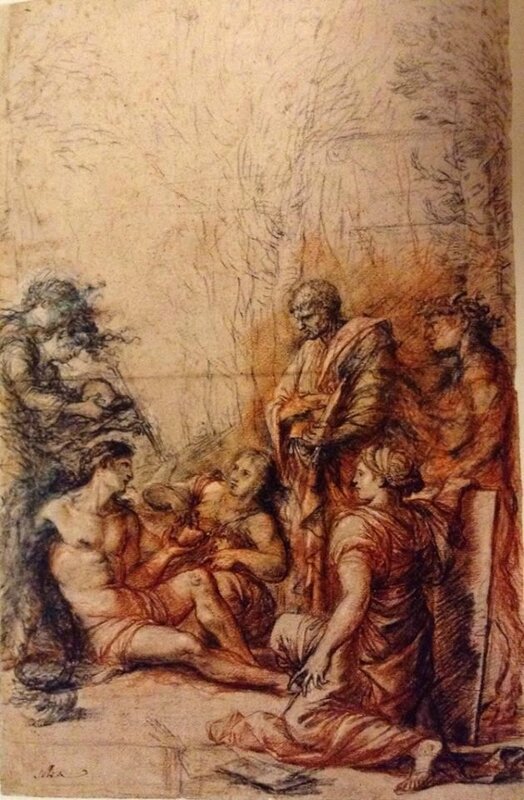

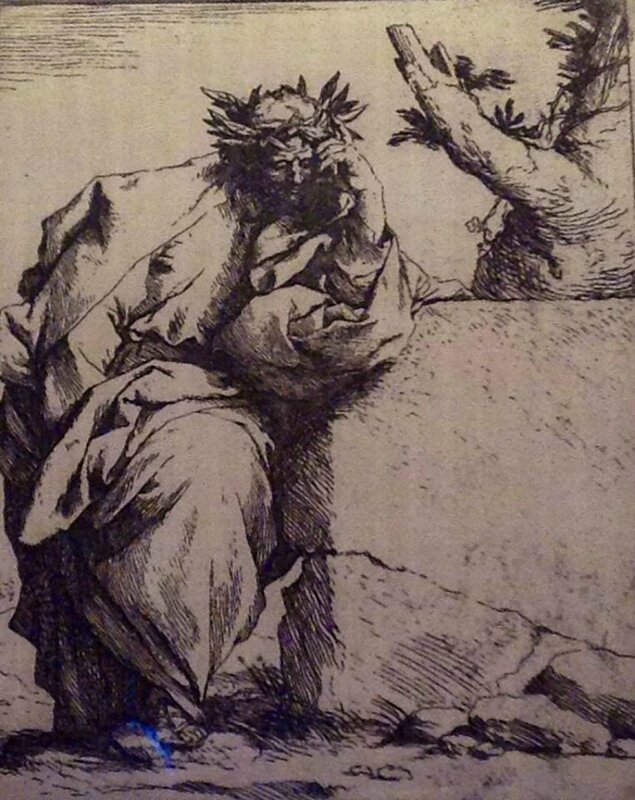
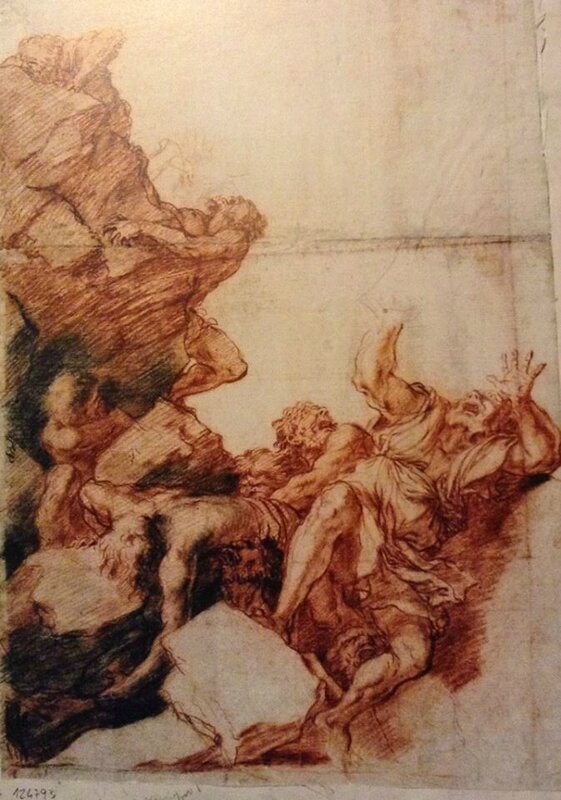


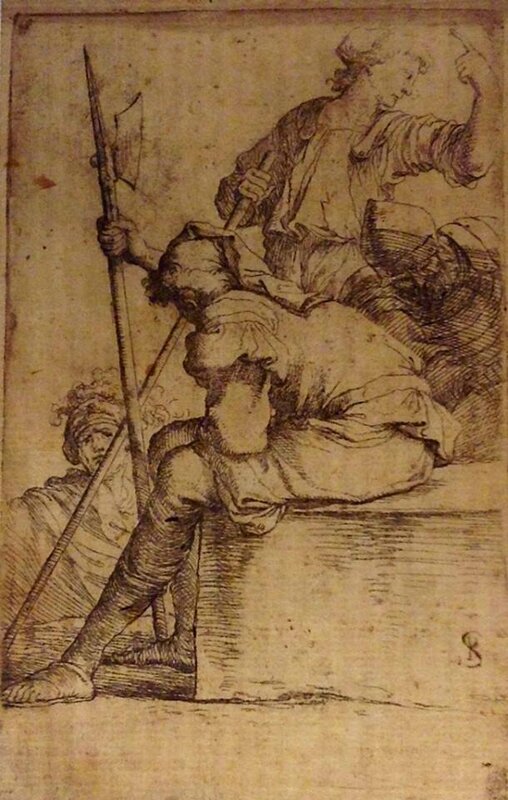

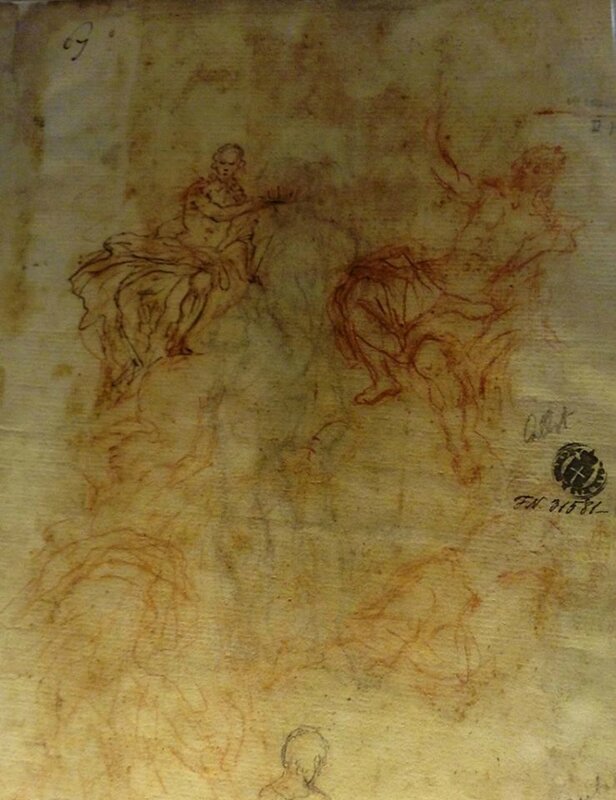

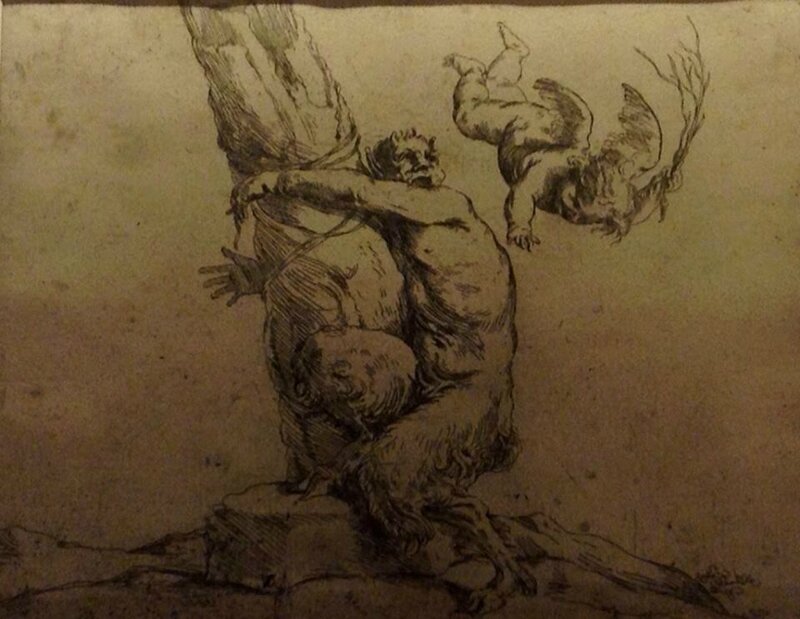



/http%3A%2F%2Fstorage.canalblog.com%2F92%2F57%2F119589%2F127733091_o.jpg)
/http%3A%2F%2Fstorage.canalblog.com%2F77%2F19%2F119589%2F126247017_o.jpg)
/http%3A%2F%2Fstorage.canalblog.com%2F92%2F85%2F119589%2F121207665_o.jpg)
/http%3A%2F%2Fstorage.canalblog.com%2F78%2F18%2F119589%2F93200212_o.jpg)